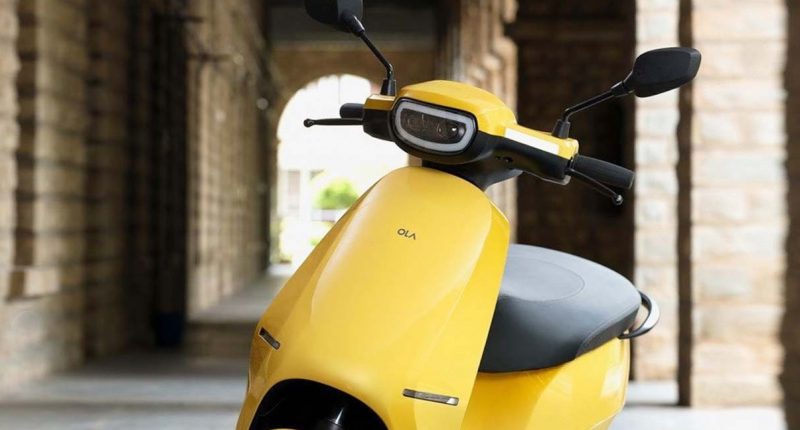Ola Electric, Ola founder Bhavish Agrawal’s ambitious $1.5Bn-backed electric vehicles venture, is slashing its sales targets as reducing government incentives make EVs expensive again. As per a report from Reuters, the Indian ride-hailing firm has decided to slash its sales targets for 2023-2025 by more than half, and has deferred its goal of achieving profits by a year. This development comes even as Ola Electric is slated to go public in the near future via its $700 million-worth initial public offering (IPO).
Internally reviewed financial documents shed light on Ola Electric’s revised financial outlook. Initially aspiring to achieve its first operating profit of $220 million in the current fiscal year, the company now anticipates an operating loss of $92 million. Simultaneously, reports indicate operational strain within Ola Electric’s extensive network of over 400 service hubs responsible for EV maintenance and repair, underscoring the intricate challenges associated with scaling infrastructure amidst a surge in sales.
One of the major reasons responsible for Ola Electric’s newfound realignment is the unexpected reduction in cash incentives for e-scooter buyers announced by the Indian government in May. With reduced government incentives came increased e-scooter prices, and this policy shift has prompted a significant recalibration of the company’s sales targets, The original projection of 882,000 e-scooter sales for the fiscal year ending March 2024 has now been revised downward to 300,000 units, while the revenue target for the ongoing fiscal year has now been slashed to $591 million from the earlier goal of $1.55 billion.
Ola, in a statement, said that future financial targets were “yet to be verified, and that this was “completely confidential information of the company.” This news comes with the backdrop of the substantial growth within the broader e-scooter market in India, with sales nearly tripling to over 700,000 units in 2022-23. Ola Electric, as a market leader, has been a key contributor to this expansion. However, it is crucial to contextualize this against the backdrop of the larger two-wheeler market, where e-scooter sales constitute only a fraction of the colossal 15 million-plus conventional two-wheelers sold annually in the country. According to documents seen by Reuters, 2.3 million units will be sold in 2025-26, marking a reduction of 21% when compared to the period when incentives had taken place.
The reduction in government incentives for e-scooters comes even as Prime Minister Narendra Modi has an ambitious vision of achieving 70% electric two-wheeler sales by 2030. However, the shift from a 40% to a 15% incentive before tax has presented challenges for the industry, influencing pricing dynamics and necessitating strategic responses from major players like Ola Electric. Despite the challenges, Ola Electric is gearing up to file a draft red herring prospectus in 2024. It recently received a fresh infusion of INR 3200 crores, while strategic initiatives such as expanding the EV business and establishing India’s first lithium-ion cell manufacturing facility highlight a long-term commitment to sustainability.
The Tech Portal is published by Blue Box Media Private Limited. Our investors have no influence over our reporting. Read our full Ownership and Funding Disclosure →






